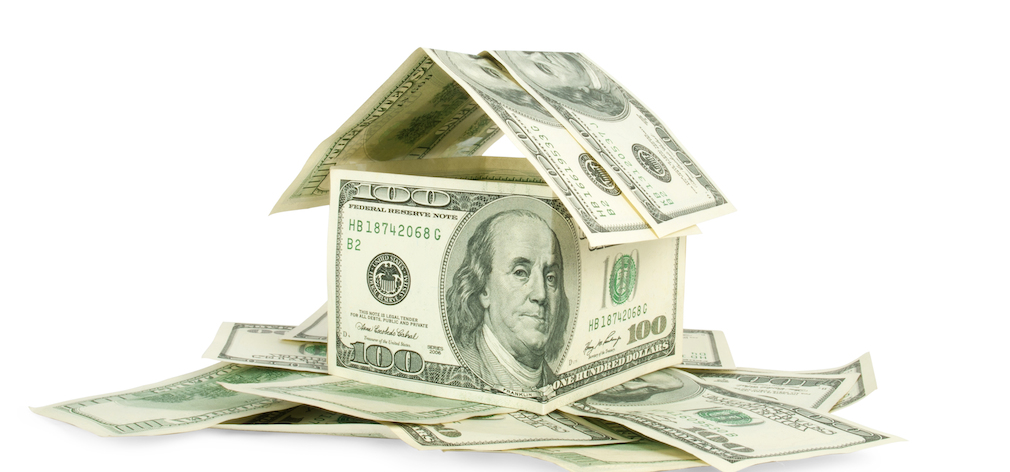Home prices increased in September, but so did home affordability as borrowers continue to hold more buying power than anytime in the past quarter century, according to the First American Real House Price Index.
First American Financial, a provider of settlement services and risk solutions for real estate transactions, released its latest RHPI for September, which shows real home prices increased only 1% from August and actually decreased by 2% from last year.
This contrasts with unadjusted home prices, which are expected to increase by 5.3% annually in September.
“While a small uptick in rates in September caused an increase in real house prices compared to August, it is important to remember that mortgage rates remain at historically low levels,” First American Chief Economist Mark Fleming said. “The low rates, combined with recent meaningful income gains, fueled an increase in consumer house-buying power, meaning affordability is at a quarter-century best.”
“Even as interest rates increase above 4% post-election, housing, on a purchasing-power adjusted basis, will continue to be more affordable than it was in the early 1990s,” Fleming said.
Real home prices, home prices adjusted for wage growth, inflation and other factors that affect buying power, decreased 40.4% since the housing-boom peak in July 2006, and decreased 19.9% since January 2000.
Without adjusting anything, home prices are just 0.9% below the 2007 peak.
“The 2017 conforming loan-limit increase announced last week was prompted by the fact that house prices have surpassed the pre-decline level established in the third quarter of 2007, according to the FHFA index,” Fleming said. “Nominally, the price recovery is officially complete, but in real purchasing-power adjusted terms, house prices are still far below the pre-decline peak.
“The underlying story is consumer house-buying power is better than it has been in a generation,” he said.







